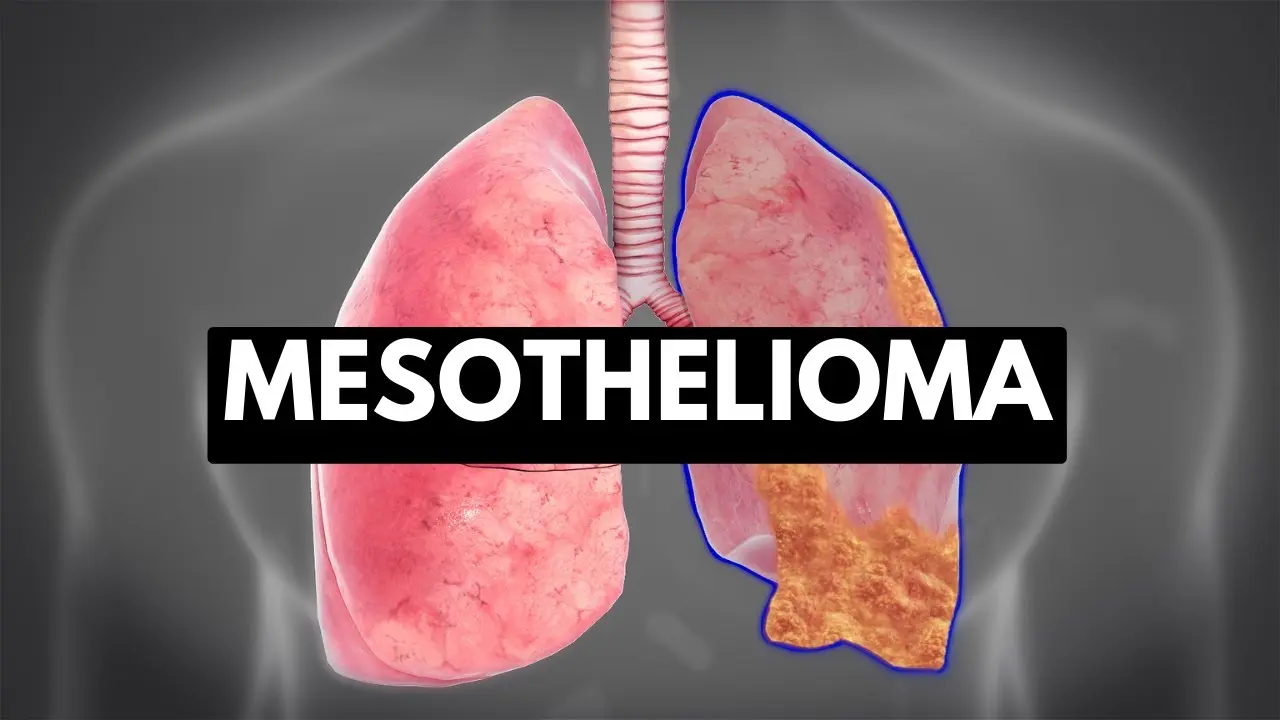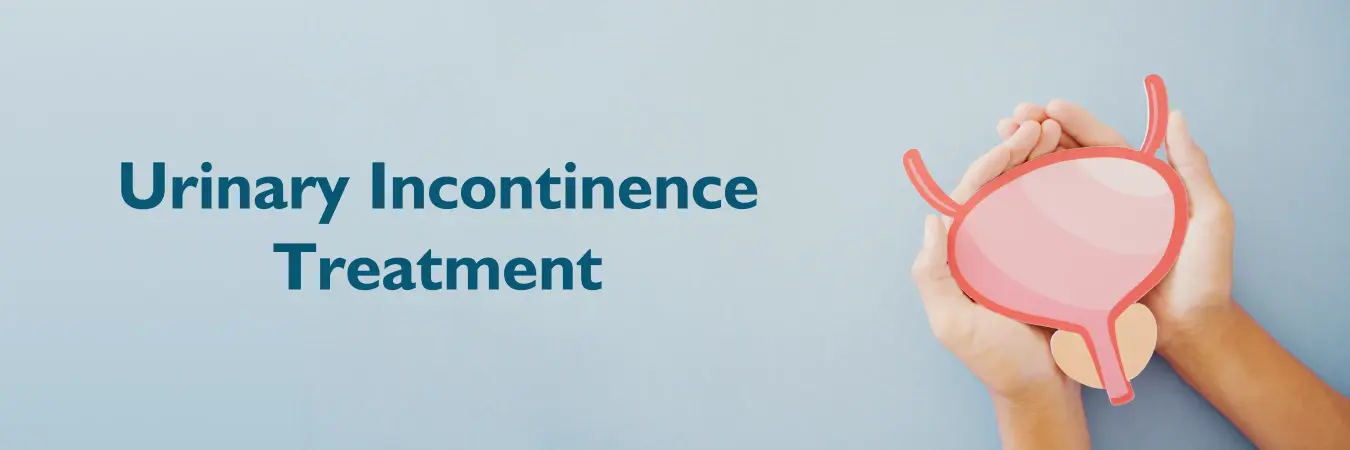
1. Understanding Childhood Asthma: Symptoms and Causes
Asthma is caused by inflammation in the airways, leading to symptoms like:
- Wheezing or a whistling sound while breathing
- Shortness of breath or difficulty breathing
- Persistent coughing, especially at night
- Tightness in the chest
Identifying these symptoms early allows for prompt treatment and better management of the condition.
2. Asthma Medications: Quick Relief and Long-Term Control
Quick-Relief Medications
Bronchodilators, such as Albuterol, provide fast relief by opening up the airways during asthma attacks. These medications are essential for immediate symptom relief.
| Medication Type | Example | Use Case |
|---|---|---|
| Bronchodilators | Albuterol | For acute asthma attacks |
Long-Term Control Medications
Inhaled corticosteroids (e.g., Fluticasone) reduce airway inflammation over time, helping prevent asthma symptoms from worsening. These medications need to be taken daily, even when the child feels well.
| Medication Type | Example | Use Case |
|---|---|---|
| Inhaled corticosteroids | Fluticasone | Daily use to reduce inflammation |
3. Using Inhalers: Essential Tips
Inhalers are the most common way to deliver asthma medication. Ensure proper technique for optimal effectiveness:
- Metered-dose inhalers (MDIs): These are often used with a spacer for more effective delivery of medication.
- Dry powder inhalers (DPIs): These are activated by the child’s breath, making them easy to use for some kids.
- Nebulizers: A useful option for younger children or those who struggle with inhalers.
Proper inhaler use ensures the medication reaches the lungs and works effectively.
4. Managing Environmental Triggers
Managing asthma involves avoiding environmental triggers such as allergens, air pollution, and respiratory infections. Strategies include:
| Trigger Type | Management Strategy |
|---|---|
| Allergens | Use air purifiers, wash bedding frequently |
| Air Pollution | Stay indoors during high pollution days |
| Respiratory Infections | Encourage handwashing and avoid sick people |
These steps help reduce asthma flare-ups caused by external factors.
5. Lifestyle Tips for Better Asthma Control
Lifestyle modifications can significantly improve asthma control. Here are some tips for parents:
- Exercise regularly: Physical activity strengthens the lungs but should be managed carefully with your doctor’s advice.
- Healthy diet: Focus on foods rich in omega-3 fatty acids, antioxidants, and vitamins to reduce inflammation.
- Stress management: Teach your child techniques like deep breathing and relaxation to manage stress, which can trigger asthma attacks.
Conclusion
With the right treatment plan, children with asthma can live healthy, active lives. By using the appropriate medications, avoiding triggers, and incorporating healthy lifestyle habits, parents can successfully manage their child’s asthma. Always consult with a healthcare provider to develop a personalized asthma management plan.






